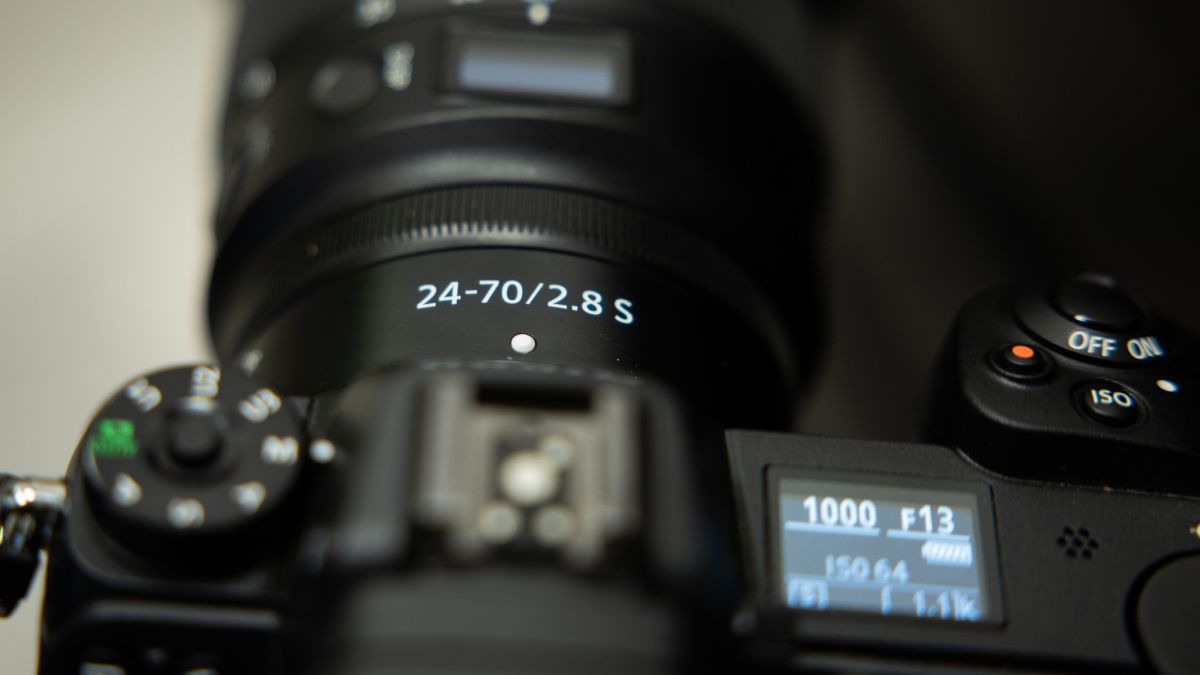
One of the most popular and useful zoom lenses among serious photographers has got to be the mid-range workhorse: 24-70mm f/2.8.
Nikon’s Z-mount, S-series full-frame mirrorless 24-70mm f/2.8 is here, and there’s something about it that other reviews aren’t talking about very much- this lens represents the true potential that the high-tech future of modern digital photography can offer.
Without totally giving away the entire review, I’ll say this: The Nikon Z 24-70mm f/2.8 offers much more than just incredible sharpness and overall flagship build quality. It offers a complete package of reliable professional performance, and more to the point, it attempts to resolve many of the major drawbacks and complaints that mirrorless lenses have had in the past, with its physical controls, information display, and useful customizability.

[Related Reading: The 24-70 and 70-200 Creative Reference Guide: The First Two Lenses You Should Buy]
Indeed, as mirrorless cameras grew in popularity, it seemed like the functionality of their lenses dwindled. In the worst cases, some lenses were so minimal that they had a single ring to control both focus and zoom electronically, and of course gone are any focus indicators, manual focus switches, etc.
Nikon’s statement, it seems, is very clear: serious photographers want equipment that doesn’t cut corners, omit functionality, or skimp on customizability. If you’re going to pay a premium for a flagship lens, you should get the most fully-featured flagship experience.

Nikon Z 24-70mm f/2.8 S | Specifications
- Focal Length & Angle of View: 24-70mm, 84° to 34° 20′
- Mount: Nikon Z (cannot be adapted to any other mounts)
- Aperture & range: f/2.8-f/22
- Optical Construction: 17 elements in 15 groups – 4 asph., 2 extra-low dispersion, ARNEO & Nano Coating
- Stabilization: No. (All FX Z-series bodies have sensor-based “IBVR”, the DX Z50 does not)
- Autofocus: Yes, multi-focus system with 2 separate motors, totally silent
- Manual Focus: Yes, full-time with manual focus ring, near-zero focus breathing
- Mechanical Construction: metal, plastic, fully weather-sealed
- Magnification & focus distance: 0.22x , 1.25 ft / 38 cm
- Size: 3.5×4.96″ (89x126mm)
- Weight: 805g (1.77 lbs)
- Filter Threads & Hood: 82mm, detachable hood
- Price: $2,296.95 (Adorama | B&H | Amazon)
Who Should Buy It?
Since this is Nikon’s flagship FX (full-frame) mirrorless 24-70mm zoom, there are a few distinct categories of people who might be curious about it…
Firstly, of course: those of you who already own a Nikon Z-series camera, and want native lenses. Because let’s be honest, much of the advantage of full-frame mirrorless is the lenses that are exclusive to that mount. No matter what mirrorless system you have, the native and especially name-brand lenses are going to be one of the selling points. (Using adapters 100% of the time? Party like it’s 2014!)

The second category, gear-wise, are those Nikon DSLR users who are wondering if mirrorless can indeed offer serious advantages over their existing F-mount setup. If the bodies alone aren’t tempting enough, (indeed, the D850 and D750 are still the gold standard in DSLRs) …then once again, it’s down to lenses.
Lastly, all other photographers, regardless of brand loyalty, should be taking note, for the reasons I already mentioned above: This 24-70mm f/2.8 offers more functionality than any other 24-70mm, mirrorless or DSLR, in addition to jaw-dropping sharpness that, yes, beats all previous 24-70mm’s on record.

With that in mind, what actual types of photographers should consider this lens? First and foremost, 24-70mm f/2.8 is a workhorse focal length for any photographer who is doing general photography of any kind, especially in dimly lit conditions where an f/4 zoom is too much of a compromise, but where a faster-than-f/2.8 prime is also not versatile enough for the level of action.
In other words, event/news journalists, wedding photographers, and action sports photographers are the primary photography genres where this lens will truly shine. A whole lot of pros pay their bills with a 24-70mm lens, and certainly, a whole lot of hobbyists also enjoy the advantage of low-light capability for everyday photography, too.

However, what if you’re a working pro who mostly shoots at other focal lengths, and only turns to the 24-70mm range every once in a while? Many action sports photographers prefer a 14-24mm for those in-your-face shots, and many portrait photographers would likely much rather have a flagship 70-200mm for its versatile compression and background separation capabilities.
So, indeed, it comes down to what you shoot and how you shoot it. Because, quite honestly, if you’re going to use 1-2 other lenses almost all the time, then $2,297 is a lot to spend on that third or fourth lens that you don’t reach for very much.
Therefore, if this is the case for you, then again to be totally honest- just keep saving your money for the two upcoming Nikon Z/S zooms, the Z 14-24mm f/2.8 S and Z 70-200mm f/2.8 S. They’ll undoubtedly be just as impressive as this 24-70mm f/2.8.
In conclusion: if 24-70mm f/2.8 just isn’t a focal range you use very much, then either grab yourself an FTZ adapter for your existing Nikon 24-70mm f/2.8, or if you really don’t need a heavy, flagship-grade lens at this focal range at all, consider waiting a year or two for Tamron to adapt their lightweight, no-frills 28-75mm f/2.8 to Nikon’s Z-mount.
Okay, next let’s talk about the actual strengths and weaknesses of the Nikon Z 24-70mm f/2.8 S.
Pros
As discussed, this is an all-around flagship zoom lens, with performance that is on a whole new level, plus (almost) all of the bells and whistles you could have ever imagined. So, almost everything about the lens is complement-worthy.
Image Quality
Since image quality has so many aspects to it, we’ll break it down into as many categories as we can. Some are very easy to measure, and others are more subjective. If you’d like to just barely glance at the images and then skip to the next “Pro”, however, here’s the overall verdict: This is the best image quality that we’ve ever seen from any 24-70mm, ever, in basically every way that we can either quantitatively measure, or subjectively judge. It’s that good.
By the way, we’ll have a future article coming soon in which we actually get very in-depth with comparing sample images between this Nikkor and the new Canon RF 24-70mm f/2.8 L and the Sony FE 24-70mm f/.28 GM. Stay tuned!
Sharpness
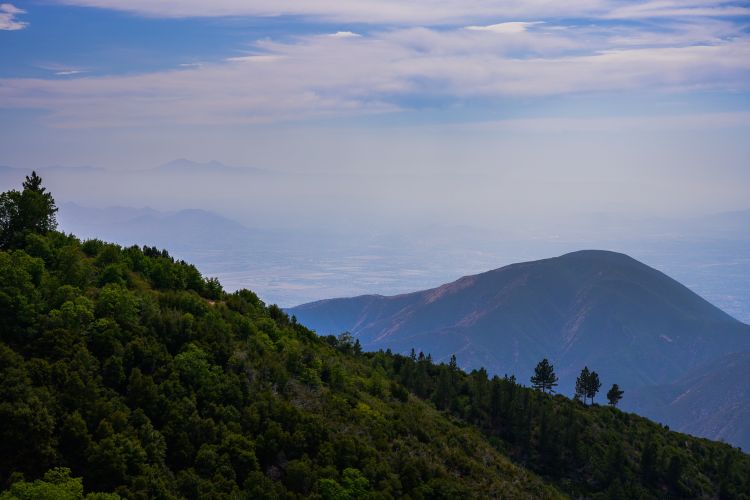

This is where I’ll have to keep things short and sweet, since we have a full comparison against two other full-frame mirrorless 24-70mm f/2.8’s coming soon. It will have extensive sharpness tests, as well as other things like bokeh and general colors, contrast, etc.
For now, suffice it to say that this is the sharpest 24-70mm f/2.8 I’ve ever tested, and I’ve tested pretty much every one of them from the last 10+ years, including third-party options.

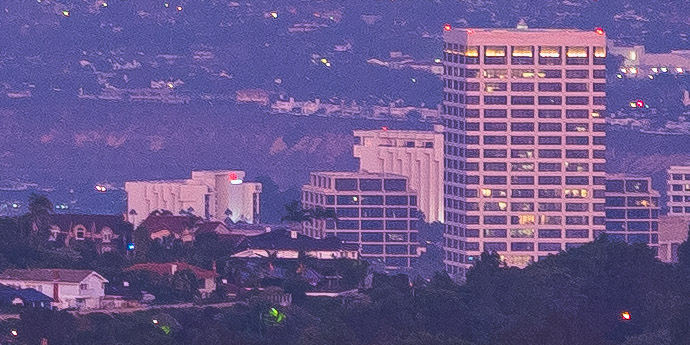
It’s not just ultra-sharp here or there, like most mid-range zooms are. It’s eye-poppingly sharp right to the extreme corners, at every focal length from 24mm to 70mm, wide-open at f/2.8.
I know that most journalistic photographers won’t care about extreme corner sharpness, though. They’ll want to skip ahead to the other things like color, contrast, bokeh, etc. However, for those who shoot landscapes or nightscape photography, enjoy! This lens is a new benchmark.
Colors & Contrast

Moving on to more good news: with all of the exotic glass that was used in the making of this lens, its overall colors and contrast are beautiful. It’s very impressive how clear and crisp and “punchy” the images are from this S-series lens.
Then again, based on the gorgeously vibrant colors and tones that we’ve seen from each of the other S-series lenses we’ve reviewed so far, this comes as no surprise. There’s only one caveat when it comes to colors, which we’ll get to next.
[Related Reading: Nikon Announces Z 24-70mm f/2.8 S Full-Frame Mirrorless Lens, Z-Mount Autofocus Firmware Updates]
Vignetting

Vignetting seems to be extremely minimal on this very bright, optimal transmission lens. It is, however, one of the things that is largely corrected by a built-in lens profile, one which you simply cannot turn off when using common third-party raw processing software like Adobe Lightroom.
So, unless we use specialized raw converters to dig very deep into the original image data, we’re essentially trusting that Nikon isn’t attempting to get away with too much correction, which could lead to higher levels of noise in the extreme corners of images, especially at higher ISOs where dynamic range is not as good as it is at lower ISOs.
Most types of images won’t ever reveal any issues with “baked-in” correction profiles, HOWEVER, if you heavily process any images of smooth-toned, light-colored subjects, (excessive contrast and saturation) …then you might encounter a noticeable center-to-corner shift in the overall warmth of the image. In other words, if you take a picture of a polar bear in a snowstorm and try to perfectly white balance for the center of the image, the edges and corners of your image will appear a little bluish. This is correct-able using a radial gradient filter for WB, in our limited testing so far.
Stay tuned for a more in-depth article on built-in lens profiles, because this is NOT an issue that is exclusive to just Nikon lenses, it seems; we’re seeing a similar issue on many other brand/mount lenses, too.
Distortion
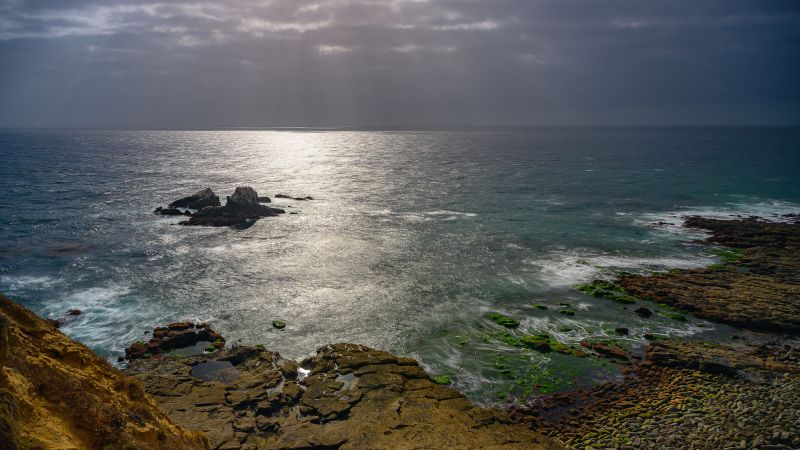
Verdict: Basically zero. Like vignetting, however, distortion is another thing that is now being corrected in-camera to varying degrees. So, in Adobe Lightroom we’ll only ever see what Nikon wants us to see.
Having said that, if there was excessive distortion hidden underneath a “baked-in” lens profile, it would surely manifest itself in the form of a significant loss of sharpness, and/or odd “bulging” patterns in subjects when panning them across the frame.
Neither of those things is an issue with this lens, so I believe we can conclude that distortion is a non-issue with this lens if you’re processing in most raw software such as Lightroom or Capture One, and leaving the in-camera distortion correction at its default/on setting.
Bokeh

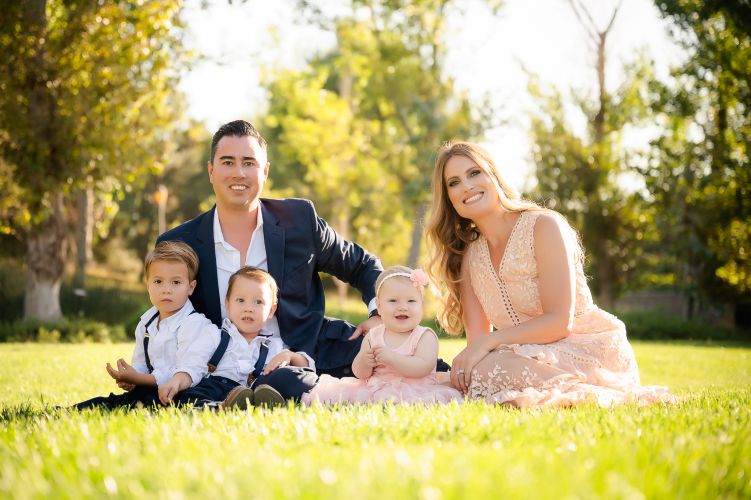
Bokeh is one of the things that you definitely can’t “fix” with a simple lens profile. It takes awesome glass to have awesome bokeh, period. (Or 2-3 different lenses in a cell phone, but that’s a whole ‘nother story!)
Simply put, Nikon’s giant Z-mount absolutely shines here- the bokeh of this lens is just gorgeous. It’s smoother than any other mid-range zoom I’ve ever used, and in fact, it’s even more creamy and soft than any of the F-mount f/1.8 G primes that I’ve used.
It’s very important for aspiring (and even some veteran) photographers to know that DOF (depth of field) and bokeh are very different things. Indeed, DOF itself is based on the aperture, whether f/2.8 or f/8.
Here’s the “secret”, though: two lenses with the same aperture can have very different looking bokeh, because the exact way the optics are designed plays a much bigger role in the characteristics of the blur than the aperture number itself. In fact, a lens with slightly less DOF can still have far more pleasing bokeh, if there’s enough glass in the lens to make it super-smooth, and that is exactly what is so attractive about Nikon’s enormous Z-mount.
Sunstars
Sunstars generally suffer just a little bit on lenses that are so highly optimized for pleasing bokeh, but Nikon’s S-series lenses do seem to offer beautiful sunstars, even though they’ll never be as pin-sharp as an old Nikkor AI-S lens with non-rounded aperture blades.
Flare

Like bokeh, flare is something that you can’t just fix with a profile. Flare “dots” are extremely annoying when they land on a subject’s face, and yet a golden haze or a big crescent flare can be pleasing if that’s what you want in a sunny, backlit portrait.
The Nikon Z 24-70mm f/2.8 S delivers the goods here again, too. It’s got a great balance of almost zero little “dots” of flare, and a nice rendition of manageable “golden haze” when the sun is getting close to being in the frame…
Color Fringing/Aberration, Coma & Astigmatism
This category of testing is a rather complex aspect of image quality. On the one hand, things like chromatic aberration can be easily corrected by a lens profile; even Adobe’s non-lens-based “CA” correction tool works like magic.
Oppositely, coma and astigmatism, or the “coma wings” that make stars look like a bunch of birds flying around the corners of a nightscape image, are essentially impossible to correct.
This is one area where Nikon has sometimes suffered in the past with its fastest prime lenses, though their flagship f/2.8 zooms have always been stellar. Once again, this new flagship f/2.8 zoom does not disappoint- there is essentially no color fringing or aberration whatsoever, although some of that miracle is likely thanks to built-in corrections.
More importantly, there’s essentially zero “coma wings”, even at f/2.8 and 24mm, so this lens is officially the new champion of astro-landscape photography, indeed.
(If you don’t believe me, that’s OK, just wait for our in-depth comparison coming soon!)
Macro & Close-Up Capability

Usually, the one final downfall of a mid-range zoom is that it’s really optimized for distant and medium-close sharpness, but when you try to focus really close-up, it absolutely falls apart until you stop down to about f/5.6 or even f/8.


This is absolutely not the case with the Nikon Z 24-70mm f/2.8 S, thankfully. The lens is a champ right up to its closest focus distance, which is decently close and more than enough for most types of close-up work for portraits and weddings and general photography that doesn’t require a dedicated 1:1 macro lens.
Pro: Nikon Z 24-70mm f/2.8 S Pros, Cont. | Durability

Ok, let’s be honest: all of the name-brand 24-70mm’s are considered durable flagship lenses. They spare no expense in terms of robust construction, from their metal mounts and barrels to their ultra-smooth focus and zoom rings. They’re weather-sealed in multiple places, and can be expected to withstand all sorts of abusive things that you should never do to such an expensive lens.
Any damage to any name-brand lens would likely be your own fault, and honestly, much more a matter of sheer bad luck than one lens being more durable than another.
Having said that, is there a “best of the bunch”? Indeed, Nikon’s reputation for excellent weather sealing and overall “indestructible” build quality is as high-level as it gets. You can rest assured that the Nikkor Z 24-70mm f/2.8 S is built to stand the test of time, no matter the abuse you dish out.
The real deal-maker, however, is the fact that Nikon’s whole Z-mount system is the most durable overall. As reported by people who actually take cameras apart, the Nikon Z7 (and Z6) apparently have much, much more weather-sealing than any other full-frame mirrorless body so far.
Thus, the overall system is where you’ll likely see Nikon’s durability pull ahead, not just the fact that the Z 24-70mm f/2.8 S is a robust, durable beast of a lens despite being also an advanced electronic device that is capable of some pretty cool functionality its competitors all omit.
Pro: Portability & Handling
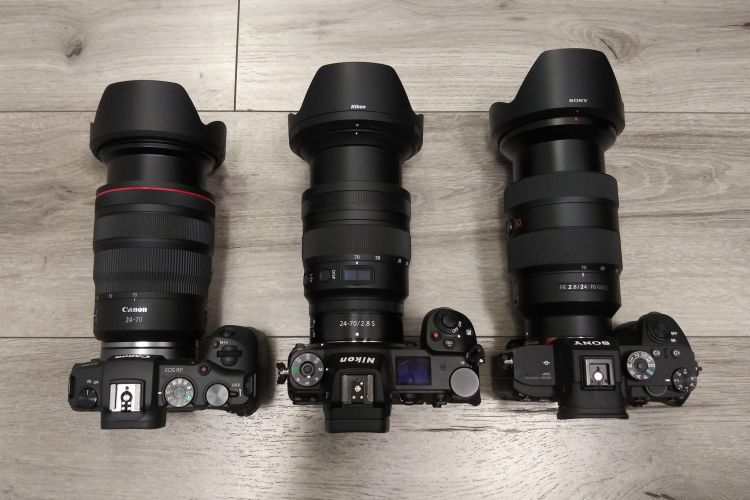
Great durability is one thing, but what about how a lens actually handles? This is an entirely different beast, and in the case of the Nikon 24-70 2.8 Z/S and its flagship-level competition, the operative word is definitely “beast”.
Having said that, here’s the quick-and-dirty verdict regarding the Nikkor Z/S: It’s big and heavy, indeed it’s the same weight as Canon’s DSLR 24-70 mk2. However, it still manages to be lighter than the mirrorless full-frame 24-70mm f/2.8’s from Canon and Nikon, and also lighter than the behemoth Nikon F-mount 24-70mm f/2.8 VR.
Bottom line? Actually holding this lens on a Z7, compared to, say, the 24-70mm f/2.8 E on a Nikon D850, you’ll feel a significant difference in the weight and overall balance.
So, considering this and the fact that the new mirrorless Nikkor utterly destroys most of the competition in terms of sharpness, the portability deserves a thumbs-up.
Now, regarding the actual handling of the lens, this is where we get to really see it shine in comparison to all other mirrorless options, and even match the usefulness of DSLR lenses in some ways.
Simply put, the Nikon Z 24-70 2.8 has more functionality than any other mirrorless lens I’ve used.
Not only is it one of the very few lenses to have three physical control rings that can be fully customized, but it also has an LCD display and two (well, one) function buttons.
This LCD display is really cool, because it can display all sorts of information, at the press of the “DISP” button- It can act as a traditional focus indicator, like the physical windows did on DSLR lenses. It can also, however, indicate hyperfocal measurements, allowing you to quickly set focus and chose the right aperture for landscape and other types of photography. If that’s not enough, it can display your exact focal length, or your chosen aperture when shooting in Manual or Aperture Priority.

Nikon’s other Z-mount lenses only have one or two physical rings, which means that they have to share functionality. The f/4 zooms’ customizable ring is also used for manual focusing, making it more difficult to memorize any custom functions. The S-series prime lenses (besides the 58mm f/0.95 Noct) only have one focus ring, so again assigning any additional custom functions is a huge, steep learning curve to work with.
Oppositely, Sony’s GM primes usually have two rings, and the 2nd one can be used for aperture control but isn’t customizable to other functions. (The de-click feature is nice, though, for video!) The GM zooms do have two rings, dedicated to zoom and focus, but no 3rd ring. All of Sony’s latest FE lenses lack a traditional focus indicator window, and opt for an on-screen distance indicator. Most Sony GM lenses do have a L-Fn button that is highly customizable.
Canon’s RF lenses, on the other hand, all have the highly customizable “command ring”, which is great for ISO control or exposure compensation, in addition to always having physical rings for focus and zoom. Canon mirrorless lenses have also opted for a minimalistic design, though, without any function buttons or focus indications. (Plus, on the RF L zooms, the “command ring” is sometimes confused with the focus ring, due to their close proximity on the front of the lenses.)
All in all: Nikon has covered ALL the bases with this lens, which on average is 2-3 more bases than any other flagship lens. Considering that it costs about the same as the name-brand competition, that’s a huge plus.
Pro: Autofocus Performance

Once again, pretty much every name-brand lens is rather cutting-edge in terms of autofocus technology. If you’re missing images, it’s not the lenses’ fault. It’s either your own fault, or the body itself, not the lens.
This means that all lenses are indeed at the mercy of whatever body they’re attached to, and in this case we should give a nod to Sony’s overall lead in mirrorless autofocus reliability. They’re definitely a generation ahead of the competition.
(Then again, Sony had 3-4 generations to work on mirrorless autofocus technology, so the fact that Nikon’s bodies and lenses already feel just 1 generation or less behind is, in my opinion, an indication that Nikon is catching up fast, and will be roughly on par within ~1 generation.)
Overall, Nikon’s mirrorless autofocus technology is very impressive, in decent light, and still preferable to DSLR autofocus in most lighting conditions for most types of photographers. The only instances in which Z-series autofocus will fall truly short is in extremely low light, extremely active situations, where even a D5 or D850 couldn’t guarantee 100% keepers.
Pro: Manual Focus Performance
Electronic “fly by wire” focusing used to be terrible, with extreme precision being either difficult or impossible, but not anymore. Even wide-open at f/2.8, I can easily nail focus on difficult subjects such as the stars for Milky Way photography.
We’re trying to come up with a testing method to compare the new “linear response” manual focus technology that is starting to come out in a few high-end lenses, but for now, we’ll just leave it at this- if you hated manual focus on mirrorless lenses in the past, don’t worry, the Nikon Z 24-70mm f/2.8 S is almost as good as an all-mechanical focus system.
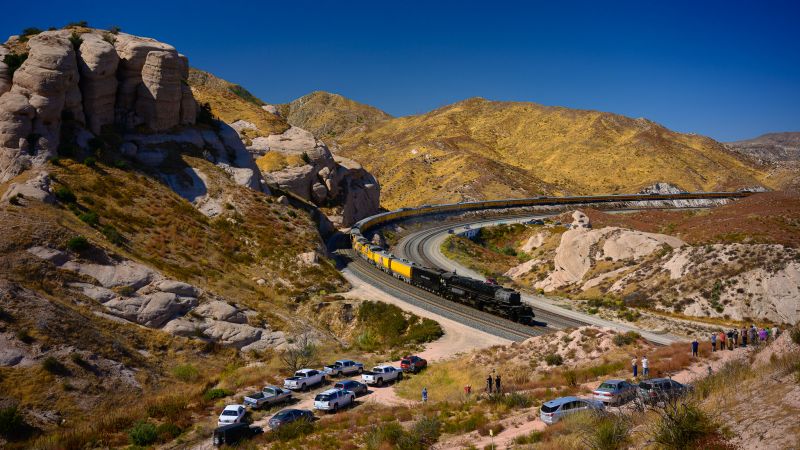
I would, however, say that I’d love to see customizable focus throw. That would be absolutely awesome for those of us who shoot stars and other things where extreme precision at near-infinity subjects matters most.
Pro: Value

No, this lens is not cheap. You absolutely get what you pay for, though. Which is, a flagship, professional user experience, and unprecedented results. The Nikon Z 24-70 2.8 is clearly showcasing just what their enormous new Z-mount is capable of.
It’s actually better than a bag full of f/2.8 prime lenses, all in one. Heck, it’s probably even sharper than all “old” f/2.8 primes, and many modern ones too. As I mentioned before, it also has smoother bokeh than previous f/1.8 and even some f/1.4 primes, so that makes it even more desirable.
The additional features also increase its value, for any who miss those features on older lenses. The aperture ring on the Nikon can be customized to control your aperture or exposure compensation, and now thanks to a firmware update, also ISO which makes it one of the most versatile custom rings around.
Nikon Z 24-70mm f/2.8 S Cons
Okay, let’s state the obvious: it’s big, heavy, and expensive. So, even though it is totally worth the investment, and worth lugging around, I must confess that if 24-70mm just isn’t your “jam” in general, this lens falls well into the category of overkill.
 My advice to aspiring photographers, both hobbyist and professional, has always been to invest the most money in the lenses that you’ll use the most, the lenses that either really pay your bills, and/or capture almost all your favorite shots. Then, “fill in the gaps” in your needed focal ranges with lenses that don’t break your budget, and don’t take up a ton of space in your camera bag.
My advice to aspiring photographers, both hobbyist and professional, has always been to invest the most money in the lenses that you’ll use the most, the lenses that either really pay your bills, and/or capture almost all your favorite shots. Then, “fill in the gaps” in your needed focal ranges with lenses that don’t break your budget, and don’t take up a ton of space in your camera bag.
Therefore, it: If you use 24-70mm a lot, then this is absolutely the best lens you’ll ever get your hands on. But, if your real workhorse is, say, a 70-200, or a prime and you only need a 24-70 in your bag to “cover the range” in one or two minor shooting scenarios during a day or job, then maybe this isn’t the best investment for you.
Minor Improvements?
Could the lens be improved? If I think hard enough, I can come up with a couple of things. First, I wish there was an option to leave the LCD display on 100% of the time. Maybe this already is an option that’s buried deep in a menu, or maybe it could be added in a firmware update very easily.
Also, I wish Nikon had continued to invest R&D into the custom button functionality that once offered a “memory recall” option on certain exotic lenses. I suppose this is another body-related feature more than anything else, but as a nightscape photographer, it would be AWESOME to have a lens focus memory/recall option that could work well enough to memorize the extreme precision with which perfect star (Milky Way, etc) focus is achieved.
I suppose the additional functionality that I talked so much about could be improved even further, too. The customizable ring could be used for direct Kelvin WB control or used in conjunction with the function button to change other camera settings. And, as I suggested in the Manual Focus section of this review, maybe a customizable focus throw option would be highly valuable to both video and astrophotography shooters.
Other than that, it’s pretty hard to improve on something that is already so optically superb, physically robust, and generally operating on such a high level. The only thing left might be for Nikon to make an even more ridiculous lens, say, a 24-50mm f/2, or a 28-70mm f/2. But that’s a whole different beast, for another time in the distant future.
Conclusion

For many serious photographers, the zoom range of 24-70mm f/2.8 is a must-have. Thankfully, this exotic Nikkor is worth every penny, if you need what it offers.
Having said that, maybe you’re actually more of a prime shooter, who would rather invest more in a great set of 24mm, 35mm, 50mm, and/or 85mm primes? In this case, it’s hard to sell you on such an expensive f/2.8 zoom when you could sooner or later get a lightweight, affordable, no-frills alternative in the Tamron 28-75mm, and save your money for one or two of the incredible Z/S primes ranging from 24mm to 85mm.
The bottom line is this: Nikon did an impressive job, and this particular 24-70mm does come out on top compared to its competition.
The LCD display with hyperfocal aides is particularly unique, and the customizable aperture ring is very welcome. I hope that extra customizable ring shows up on more Nikon Z/S lenses, especially since I’ve gotten used to Canon’s “command ring” that appears on apparently every RF lens.
If you’re truly obsessed with both sheer resolving power and “character” in your images, the Nikon takes the cake. It’s great to see Nikon’s new Z-mount system hitting it out of the park with such an important standard zoom; we can only imagine that their Z 70-200mm f/2.8 and Z 14-24mm f/2.8 will be equally impressive as well, and that the future of Nikkor Z is, pun intended, very bright.
Check Pricing & Availability Here:
9.6 Score
Pros
- Unparalleled image quality
- Flagship-grade durability
- Good portability & great handling
- Numerous unique features
- Reliable autofocus & manual focus performance
- Good value, if you need what it offers
Cons
- Big investment if you don't use 24-70mm often
- Uncompromising image quality means slightly larger & heavier than no-frills alternatives
Final Verdict
For many serious photographers, the zoom range of 24-70mm f/2.8 is a must-have. Thankfully, this exotic Nikkor is worth every penny, if you need what it offers.
Matthew Saville
Follow his wilderness nightscape adventures on Instagram: instagram.com/astrolandscapes







Get Connected!